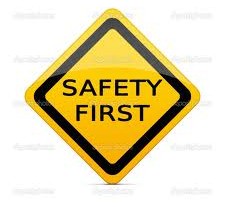Conducting Maintenance Work Safely
Description: This article discusses best practice methodology for contractor management in the workplace.
Conducting Maintenance Work Safely
When coordinating maintenance tasks the employer has a legal obligation to ensure the workplace and environment are safe.
There are five elementary areas for which maintenance tasks need to be managed.
The planning stage
All maintenance work requires a degree of proper planning. These steps to this process include:
– Initial Consultation with person or persons conducting the works;
– Determine impact for external parties or surrounds for the duration of the works;
– Hazard identification and control procedures with a view to quantifying and mitigating risks;
– Implementation of Safety systems such as work permits; and
– Communication lines established and documented.
Ensuring the area is deemed safe
To ensure an area is deemed safe, the following considerations must be addressed:
– Are there safe routes for entry and exit?;
– What signage is required to convey the necessary information for the work area?;
– Does the area require barriers or access control measures?; and
– Is there any plant that requires lock outs or further training.
Equipment Condition
It is the responsibility of all employers to ensure that all workers have the necessary tools or machinery to complete set tasks. This requirement also extends to the condition of the equipment proposed for use. Employers must ensure that any equipment is suitable, ergonomic and safe.
Ensuring Continuity
All procedures and processes must be formally communicated to all workers to enable these to be understood and adopted correctly.
As there are often deadlines and variables that can apply pressure during maintenance tasks, it is important that all planning framework is adhered as designed.
Making final inspections
When the maintenance process has concluded, there must be a formal inspected to verify that the task has been satisfactorily completed and that all equipment used is condition assessed and that any additional waste materials are removed suitably.
Final Report/Lessons Learned
The final stage should include a report describing the work performed and comments on difficulties encountered/recommendations.


Comments are closed.